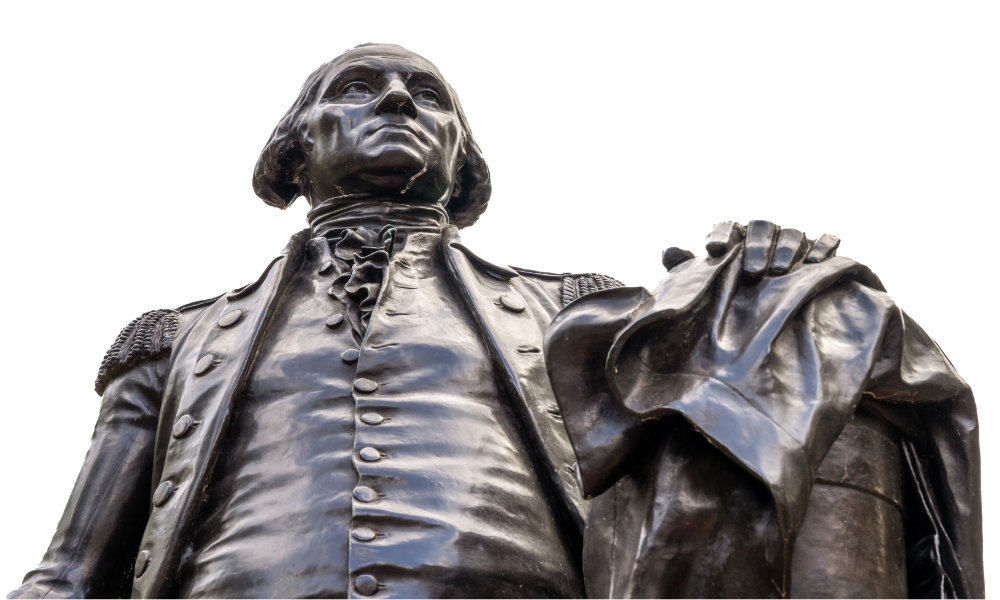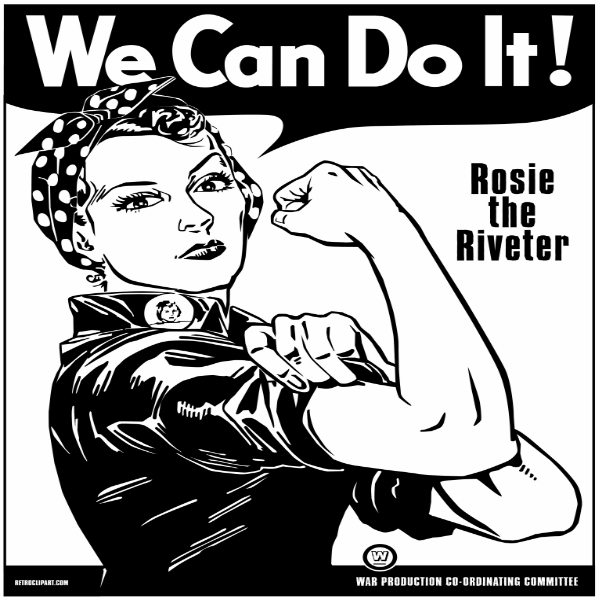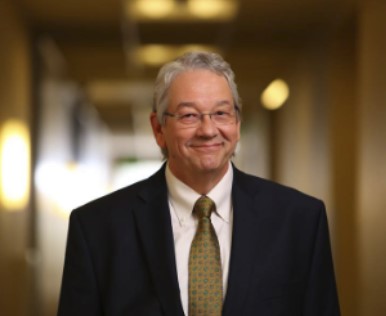Healthy Leadership "Dispelling the Leadership Myth"
A Regular Blog Series by Dr. Mark McCaslin on Leadership Practices

By Dr. Mark McCaslin
Everybody loves a winner!
The responsibility falls to George Washington. The vision of this courageous leader standing tall in the longboat with the nation’s new flag symbolically flying behind him is a powerful image. It effectively cemented the leader’s image at the helm, in command, and—because we know because we know the outcome—as perennially victorious. Because of this image and other leader profiles like it, our expectations for our leaders became inflated and, as a direct result, seemingly forced them into a victory-or-death mantra.
It is all very dramatic, as the winning leader always found a way to save the day: to snatch victory from the jaws of defeat. Everybody loves a winner. Everybody needs a hero. The leader myth was born as the image of this, and other undefeatable leaders became the iconic symbol of leadership. These leaders won through courage, clarity of purpose, strength of personality, and willingness to sacrifice themselves for our greater good. This iconic leader carried the mantra of “Never surrender,” as a direct result, risk and sacrifice became the expectation. Even in defeat, the image of this profile would remain untarnished, as he would most assuredly go down with the ship—no matter what, no surrender.

I must report, quite sympathetically, to individuals now serving in leader roles that the leader bar was set impossibly high through the evolving image of Washington crossing the Delaware. Regrettably, I have seen more than a few leaders martyr themselves in the spirit of this image. With each passing decade, the leader image grew and became more mythical in proportion to reality. It appears now that the only successful leaders in this mythology remain undefeated or sacrificed themselves for our greater good.
The evolution of leadership studies tends to both confirm and glorify this image. While not initially framed as such, leadership studies in its early stages were held firmly by the Great Man theoretical movement, which stated that great men, great leaders, were born into this world. It was essentially a historical examination of the leadership of our first hundred years. It was the history of George Washington, the minutemen, the pioneers, the Alamo, the taming of the West, and the cowboys. It was primarily a series of tales of heroes, freedom, and chivalry that were to become the building blocks of the values our great leaders held.

Furthermore, while women were more typically seen as tending to the hardness of domestic life at the time, a subterranean flow formed for them as this same leader image was held up by Betsy Ross, Abigail Adams, and Susan B. Anthony. As our culture matured, so did this image as women took on the mantra in the fictive likes of Rosie the Riveter during World War II. The great leader myth became the standard for leadership for men and women. History is constantly evolving. In the winter of 1777-1778, the Continental Army under General Washington was reeling from the power the British Army had deployed to crush the revolt.
If we had the opportunity today to wander among the soldiers in the winter camp at Valley Forge, we might come away with a different view of “the father of our country,” thus, a fuller understanding of the nature of leadership. Here, we would find men freezing from lack of shelter, hunger gnawing at their purpose, and defeat, the only visible outcome for the future. The return of British rule would seem inescapable—morale was collapsing. Taking out our recorder, we might try to capture the moment by asking a group of minutemen what they thought about our now prototypical leader.
“What do I think of General Washington?” a soldier asks through chattering teeth. The others in the group moan with a peal of laughter that would deny us our leader image. “Oh, yeah…” chuckles one near us as he looks over at General Washington, the soon-to-be-iconic symbol of the leader, huddled near a too-small fire. “Washington, a hell of a leader!” Only the cold and the reality of their situation held down the laughter. The irony poisons our image.
Now, I am not trying to dispel the importance of George Washington or, by any means, tarnish his image. I still want to hold on to my impression of the unconquerable General Washington riding through camp on his symbolically correct white horse, utterly unyielding to the cold of deep winter. I want to be among the men rising in respect on frostbitten feet as he approached, yelling, “Hooray! Hooray!” Moreover, if I were there in that camp, I could likely find some truth in this image, but the more significant portion of this myth was yet to be created, for General George Washington was still just a man attempting to hold together both an army and the dream of a new and free nation. Our ideal of the leader was still at risk in that frigid winter of 1777-1778.
It was a collective sacrifice deemed worthy to achieve the dream of freedom. By all historical accounts, Washington deeply cared for his men and was sickened by the chants “We want meat! We want meat!” from half-naked, starving soldiers heard throughout the camp. Yes, he was a good leader—but he was not alone. Washington and his men were in it together, for better or worse, trying to potentiate a different future for themselves and their families.
So how did that reality of deep winter, looming defeat, and shared purpose transform into this image of the iconic, lonely leader now embedded into our national consciousness? What did time do to this image? Did we politicize it? Did we dismiss the deeper reality of the common purpose holding our fledgling nation steady? Did we miss a chance to engage a deeper understanding of leadership standing ready for us within our enduring potentiating relationships?
Margret Mead said, “Never doubt that a small group of thoughtful, committed citizens can change the world. Indeed, it is the only thing that ever has.” Perhaps her declaration was more centrally in play during that winter at Valley Forge than was our hero image. Perhaps what warmed the souls during that winter was not so much the army generals as much as it was the call for freedom and the relationships that form when a common purpose meets its antagonist. Maybe the fundamental nature of leadership was held by that dream—one driven by potential and faith.
Leaders, Leading, and Leadership
The above discussion creates confusion regarding the nature of leadership. While most of us might have difficulty articulating the ramifications of this confusion, we have certainly felt it, worked with it, and attempted to deal with it in working with and leading others. Much of what has diluted the elegance of healthy leadership springs from the mythological image of great leaders and the resulting confusion it presented in the related words of “leading” and “leader.” Many writers and researchers in leadership studies fail to distinguish between these concepts, as they do not provide any tangible definition of leaders, leading, or leadership. As Joseph Rost revealed, it had become acceptable for leadership scholars and writers not to know what leadership is or to define its scope credibly.
Perhaps these leadership scholars found the nature of leadership too confining or demanding, or perhaps the leader myth was just too compelling to dismiss. What would replace it? Finally, as Rost again asserts, perhaps they wanted to maintain their freedom to write about leadership in ways that best suited their bias—which generally contained the elements that supported the prevailing myth. They assumed we all understood the nature of leadership as they did, so it needed no definition. A gentle separation of leadership, leading, and leaders is in order if we are to engage the deeper understanding of the nature of leadership as was reflected in that collective purpose that warmed the winter camp at Valley Forge.
When confused with “leader” and “leading,” “leadership” becomes merely a shadow of its potential reach, forming and maintaining a social myth or social fiction, thereby forming a “false consciousness.”
Such attributes do not describe the functions of healthy leadership but end in describing the processes of cultural programming. Such programming runs counter to healthy leadership or interferes with its purposes. In Future Blogs we will take a deeper look at the integral nature of healthy leadership.
References
Fromm, E. (1941). Escape from freedom. New York: Rinehart & Co.

ABOUT THE AUTHOR
Dr. Mark McCaslin
Dr. Mark McCaslin is a academic leader with a rich history of teaching, educational programming, and administration. His personal and professional interests flow around the development of philosophies, principles, and practices dedicated to the full actualization of human potential. The focus of his research has centered upon healthy organizational leadership and educational approaches that foster a more holistic approach towards the actualization of that potential. At the apex of his current teaching, writing, and research is the emergence of healthy leadership and the potentiating arts.